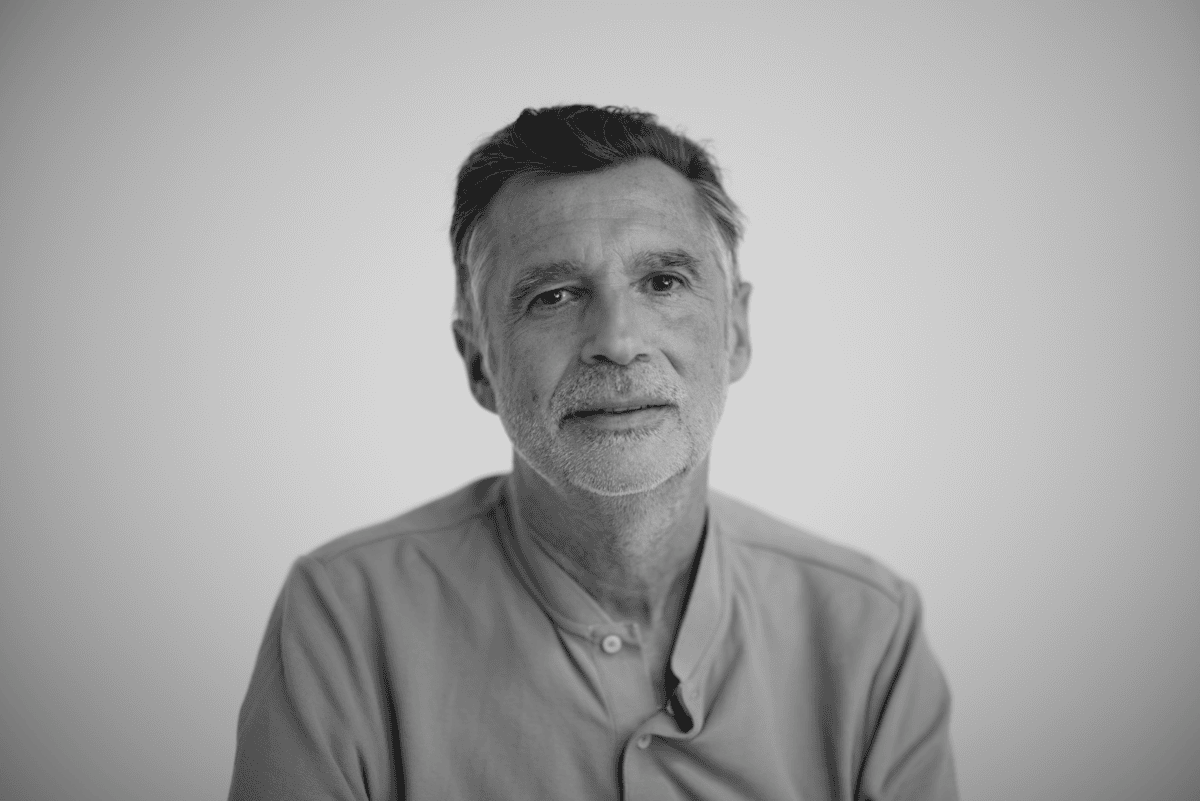A French neurologist described the disease at the end of the 19th century. Since then, the prognosis for Charcot’s disease has remained very poor. A research program launched on June 13 gives new hope.

“I am “ in armchair “, And my life thus passes from bed to armchair and from armchair to bed”, testifies a patient suffering from Charcot’s disease, called today amyotrophic lateral sclerosis, of which it is the world day this June 21.
“Wheelchair, paralysis, respiratory asphyxia” …
“When I heard the news, time exploded. The past became paltry, and the future very, very uncertain. There was just the present. I quickly realized that this was the only thing I had to focus on. … “says another patient. “I am 38 years old and I had the first symptoms of ALS three and a half years ago. It all started with a loss of strength in my hand, fasciculations and sharp reflexes. After much research on the Internet, I discovered that I must have had ALS, a disease that I had never heard of before. At the Pitié-Salpétrière hospital in Paris, the possibility became certain. “” I immediately tried to prepare myself psychologically for the inevitable: wheelchair, paralysis, respiratory assistance … Very fortunately for me, at to this day, the inevitable has not yet happened. I am still generally autonomous to do almost anything, even if my condition continues to deteriorate. “All these testimonials published on the site of Amyotrophic Lateral Sclerosis Research Association (ARSLA) show the hammer blow of making a diagnosis of Charcot’s disease.
None of them even had a clue what this disease was. It must be said that it is one of the rare diseases, even if it is the most common neurological pathology after Alzheimer’s disease. 8000 people suffer from it and a thousand new cases are diagnosed each year. As is often the case with rare diseases, patients with amyotrophic lateral sclerosis (ALS) feel abandoned to their fate. Little or no medication available and private research focusing on conditions that affect larger populations. But on June 13, ARSLA announced the launch of a large study.
A research program gives hope
The PULSE program (1), which is based on 17 French centers which take care of ALS, will last 10 years, will mobilize 1000 patients, 100 healthy controls and 300 neurological witnesses over 25 years of age. New in Europe, this project aims to better understand the disease in order to better treat it. Because today, only the symptoms are well identified. ALS gradually destroys nerve cells and eventually leads to paralysis. Respiratory disorders cause the patient to die after a few months or a few years. And to date, there is no treatment that can cure, or even stop the progression of the disease. Unpredictable, the disease also takes different forms from one patient to another and seems to particularly affect high-level athletes. It is therefore to resolve these mysteries and to complete the therapeutic arsenal that the PULSE project was initiated by the Association for Research on Amyotrophic Lateral Sclerosis and other Motoneuron Diseases (ARSLA). The first results are expected in 3 years.
(1) Prognostic valUe of biomarkers in amyotrophic Lateral Sclerosis & Endophenopic study
.










-1721998247.jpg)






